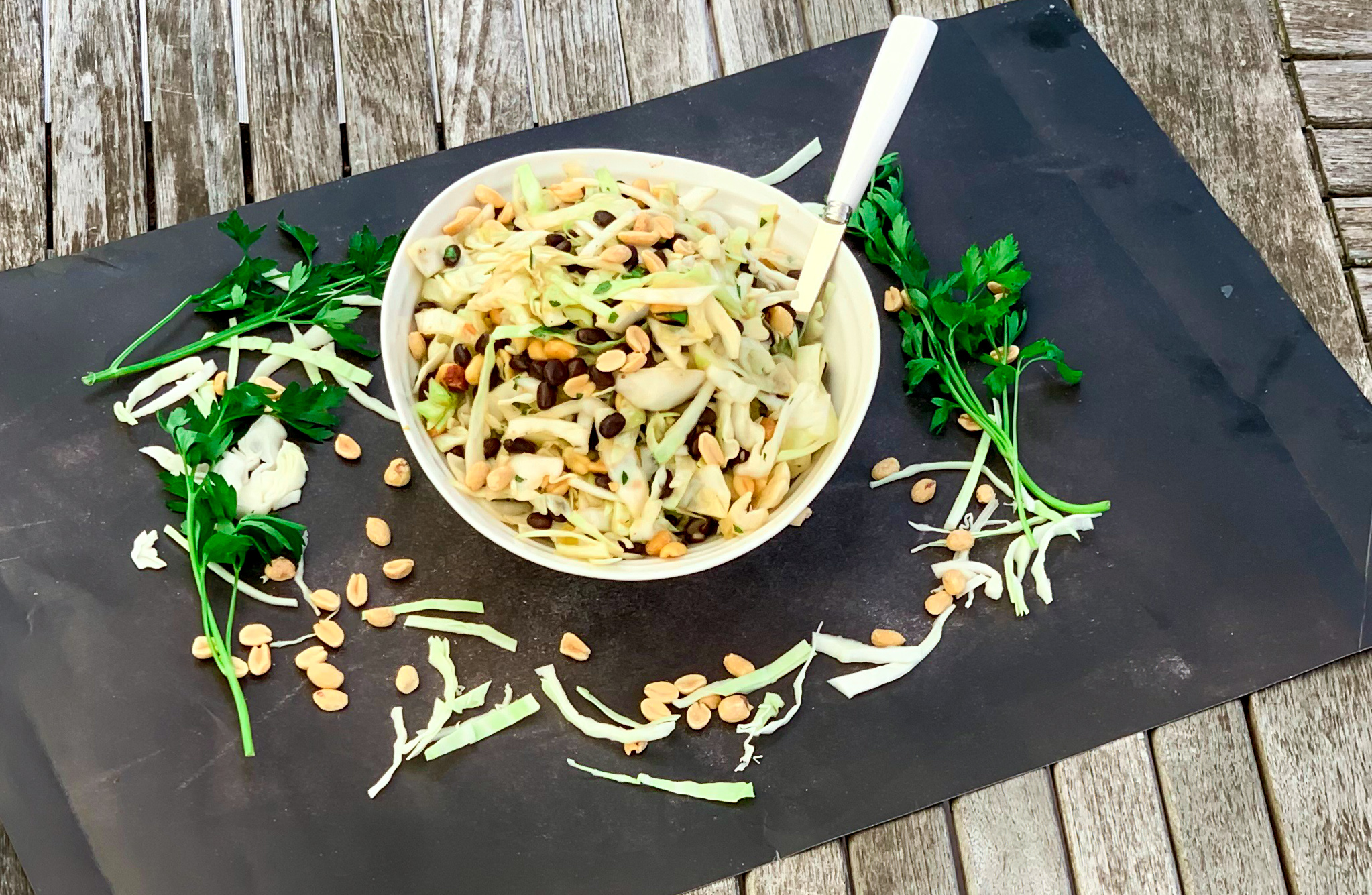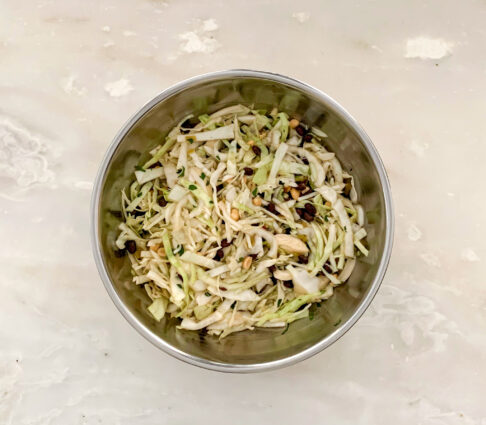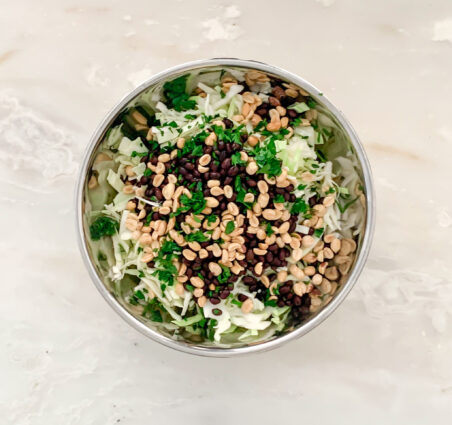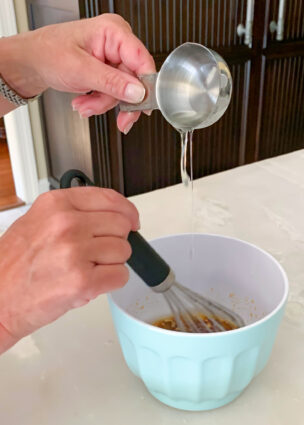
Recipes are simple: a set of instructions you follow that detail how to make raw ingredients into a flavorful plate of food. Even though most recipes have directions laid out step by step, you are not absolutely required to use all of them. There is plenty of room for improvisation based on availability, preference, or taste. Humans’ sense of taste is extremely sensitive, and it’s beneficial to learn to describe those tastes, and figure out how to better tailor dishes to your personal preferences.
According to Kitchn, there are four main components to ingredients. First are the low notes; these are the deep lingering flavors in foods that form the base or the backdrop for other flavors. Second there are mid notes; flavors in this range are much more subtle. They’re not as immediately identifiable and don’t hang around as long as the low and high notes (think of vegetables and raw chicken). Third are the high notes; these flavors are the show stoppers. They fizz and zing and dance in your mouth. Think of a splash of citrus, a handful of fresh herbs, or a nice spicy pepper.
As you cook, remember that you can add, omit, or replace ingredients to get the flavor profile you like. For example, today’s recipe calls for ginger, which is a “no way” ingredient in my book. Some people love it, but I cannot stand it. Just eliminate it or replace it and the outcome will be exactly what you want, and you will love the dish you made.
If you’re just starting out or are used to following a recipe, cooking without instructions can seem like a daunting task. But honestly, once you get a few basic cooking rules down, you’ll be able to toss most of your recipe books in the recycling bin and start creating cookbook-worthy meals of your very own. Seriously — unlike baking, cooking does not require exact measurements, times, or temperatures for food to taste good. Be bold, mix it up, and try something new–you may be very happy with your outcome.
This dish caught my attention because of the peanuts. I love roasted peanuts. I thought putting them in a slaw would be perfect. The nuts are the highlight of this dish because of the crunch-roasted goodness it brings to the recipe. The dressing worked perfectly with this slaw too. The jalapeños offer just the right amount of heat, and the soy sauce and rice wine vinegar is the perfect amount of salty and tang. I think you are going to love this recipe as much as I did. Be careful, it can be addicting!
This recipe is courtesy of Food 52 and will serve 4 to 6 people who will definitely want second and third helpings.
Ingredients for Leslie’s Peanut Slaw:
1 medium head of green cabbage (use half if you have a particularly large cabbage), cored and shredded
1/2 cup unsalted roasted peanuts (you can purchase them this way, or toast raw peanuts over medium heat in a dry heavy-bottomed pan until fragrant, about 5 minutes)
One 14-ounce can of unseasoned black-eyed peas, drained and rinsed
1/2 cup fresh cilantro leaves, roughly chopped (I used parsley, but mint or thyme might work well too).
For the sweet and spicy dressing:
1 teaspoon toasted sesame oil
2 pickled jalapeños/green chilies (cans may be found in the International Foods or Mexican Food aisle), finely minced
2 tablespoons grated fresh ginger (I did not use it, but if you are a ginger lover go for it).
2 cloves of garlic, grated
1 tablespoon brown sugar
3 tablespoons rice wine vinegar
1 tablespoon soy sauce
1/4 cup vegetable oil or other light unflavored oil such as grapeseed or canola
Salt and pepper, to taste
Combine all ingredients in a large bowl.

Mix well to combine.

Make the sweet and spicy dressing:
In a small bowl, use a whisk to combine all ingredients except for the oil.
Slowly drizzle in oil, continuing to whisk the mixture, until slightly thickened, as you would do with a vinaigrette.

Add salt and pepper to taste
Pour dressing over slaw mixture and toss to combine.
Let chill in the fridge for 2 or 3 hours prior to serving so that the flavors combine and the cabbage just slightly softens.
It’s that simple!

Jenna and her unicorn!
